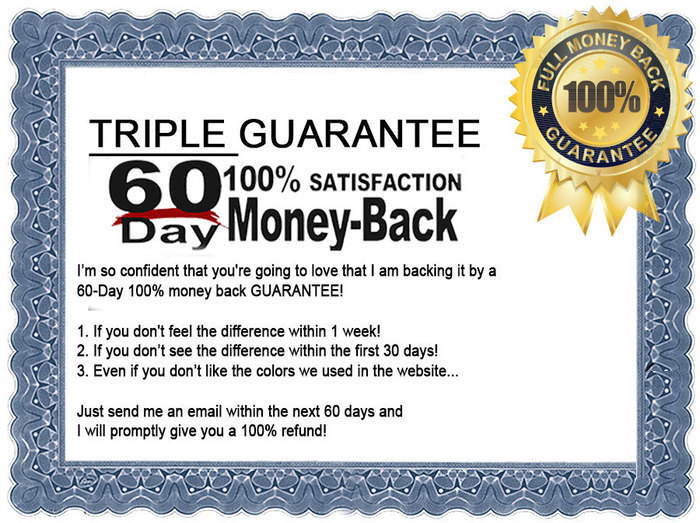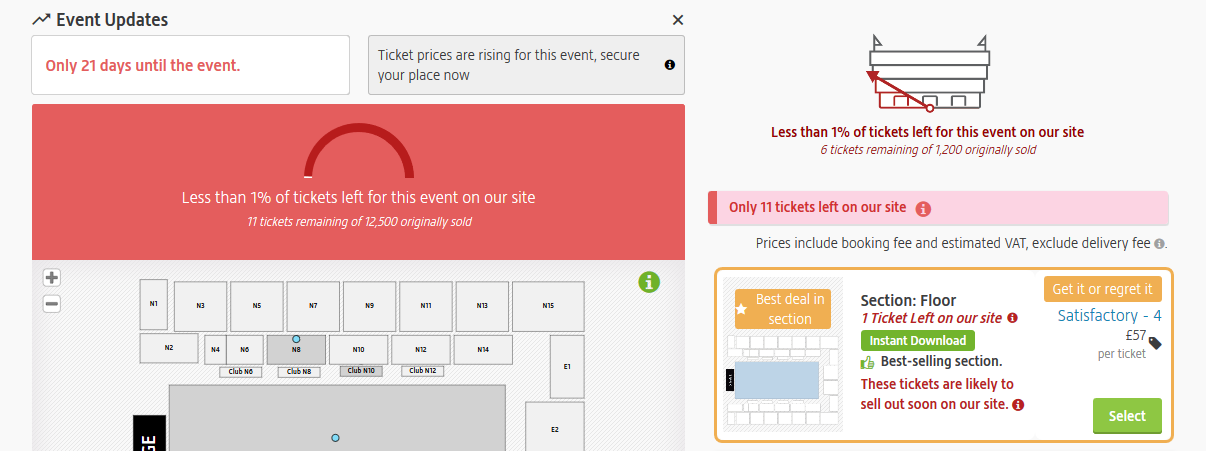
Common practices that make a website lose credibility – the first part
The immediate answer is: very little. In fact, only one of the items on the following list would do it. Yet, I’ve seen websites that used all of these tricks on one page (that was some Frankenstein-like case study for me). Mind you, in certain industries, especially when the product is not particularly good or hardly even a product (have you ever ordered a sun collector tumble dryer and received a rope?) and the business goal is selling for the sake of sales, some of the below tricks can work quite well. However, in a premium category, using any of these items is business suicide. The reason is, that the visceral level judgment system of the visitors has only one question: ‘Solution or rip-off?’
Those visitors who are looking for a premium product or service are looking for any sign of a possible rip-off in particular. They find just one item on the following list and the website is history.
- A unrealistic promise of achieving goals with no time or work (immediate passive income-generating solution, as it is known) usually accompanied with the statement that visitors don’t have to work anymore, this thing will work for them. Sadly, all these slogans are about inducing emotions way below the realistic, rational level of the visitors by introducing a dream escape instead of an applicable solution.

- Hurrying visitors with fake deadlines, e.g., only for the next few minutes or only this Friday, to prevent them from making informed and thought-through decisions. The use of such hurrying suggests that the visitors wouldn’t buy it if they would have time to think about it and probably would regret the decisions after payment.

- Also a hurrying technique to use the word “today” multiple times, displaying it in almost all headlines and main paragraphs in order to try and stop visitors from closing the window without paying. The reason is the same as above, if they have time to check the product/business, they would never come back.

- Another hurrying tactic, just not as subtle, is to display a countdown in order to prompt the feelings of loss or upcoming danger (stimulating the lower processing systems of visitors). The goal remains the same: try to make them pay before they think.

- Listing unbacked statements, e.g., lowest price, fastest delivery, best people, and so forth. These statements are largely relative statements that cannot be checked with reasonable efforts, and they are used to tap the visceral belief levels of visitors.
- Naming the product/service in an authority-resembling way, e.g., ‘Buy Certified membership extended rights ’ instead of ‘Buy Access to Articles’, in order to take advantage of the fact that most of us were raised to trust authority. Similar to the technique of using academic-looking papers around statements, to make it appear as an official certificate.

- Threatening the visitor with a punishment price, e.g., the price will double tomorrow. This trick is trying to provokes a negative impulse in the lower brain, thereby triggering instant buy via the the visitors natural loss-avoidance behaviour.
- The fake scarcity technique also builds on the visitors loss-aversion. Some site goes so far with the threatening that the entire offer is nothing but a list of error messages. That creates severe physical stress reaction in the visitors, which can be solved by buying. Unfortunately, that’s usually followed by a rude awakening when the hidden additional costs appears on their bank account.

- Flooding the text with countless repetitions of the same message, e.g., the product name and use or the “buy button” repeated seven times, after every paragraph. This method actually trying to substitute real reinforcement for repetition in order to make the message familiar and hence trustworthy in the visitors’ mind. Long- content-format sales pages do the same with their headline and sales message.
- Overusing social reinforcement to the point of practically unleashing an army of fans on visitors to take down their own judgment processes and replace it with others’ opinion, e.g., eight reviews in a row containing infatuated, emotional copy.
- Showing an unrealistic old price (or discount) highlighted strongly and the actual price in a visually minimized fashion in an attempt to make the it unnoticeable, i.e., insignificant amount to pay. The purpose is to hijack the visitors attention towards the ‘gain’ and sell the bargain instead of the product.

- Nonsensing the value (often called original price and often used with the one above), e.g. , regularly $197 but today only $17, is another tactic used to avoid rational consideration and take any decision to the belief level, again selling the bargain instead of the product.

…continues on second part – How much does it take for a website to lose credibility?



Alaf
Hey, like it!! The article has truly peaked my interest, lot of useful info I can take forward!